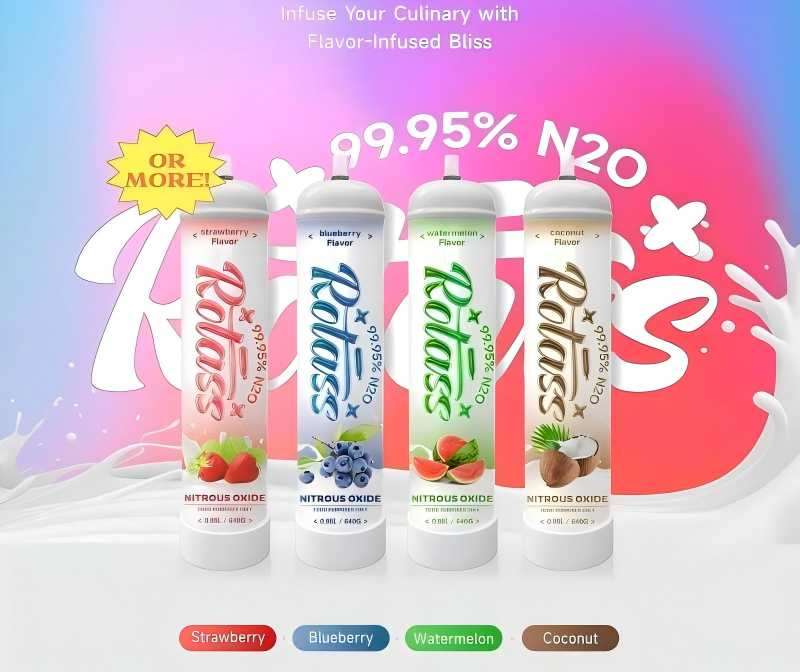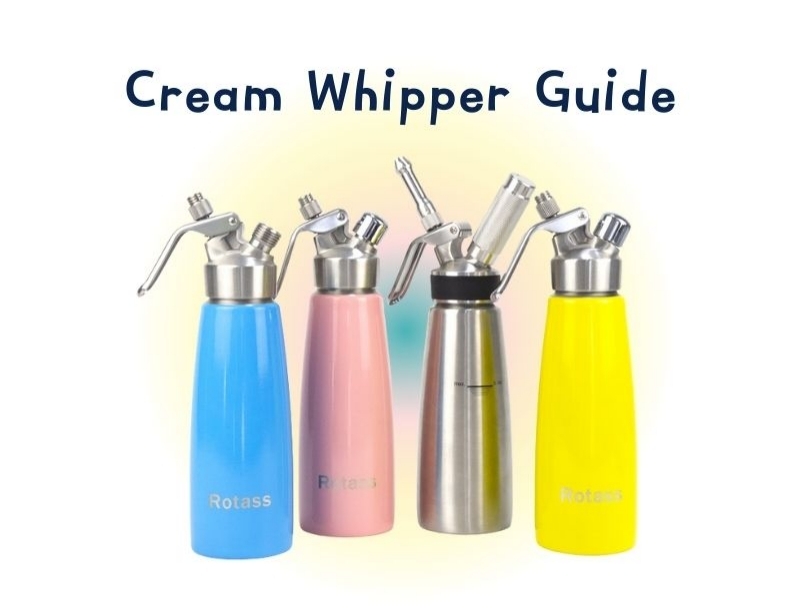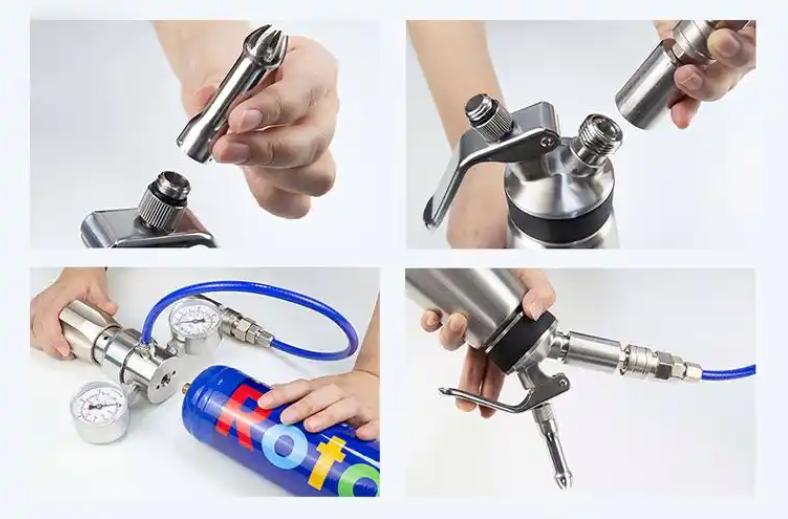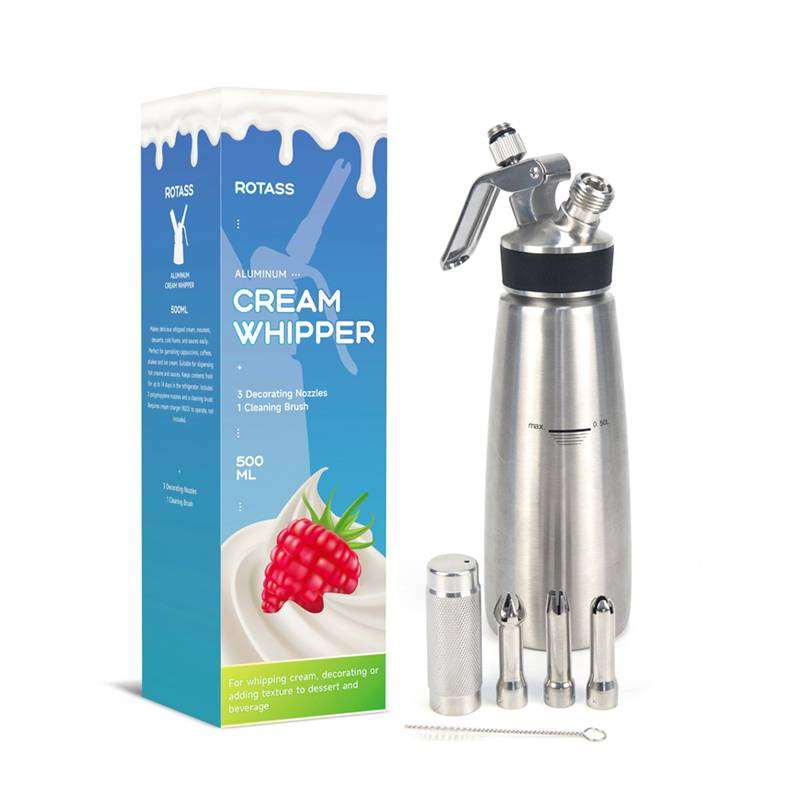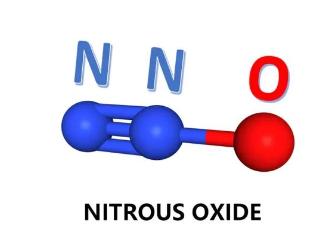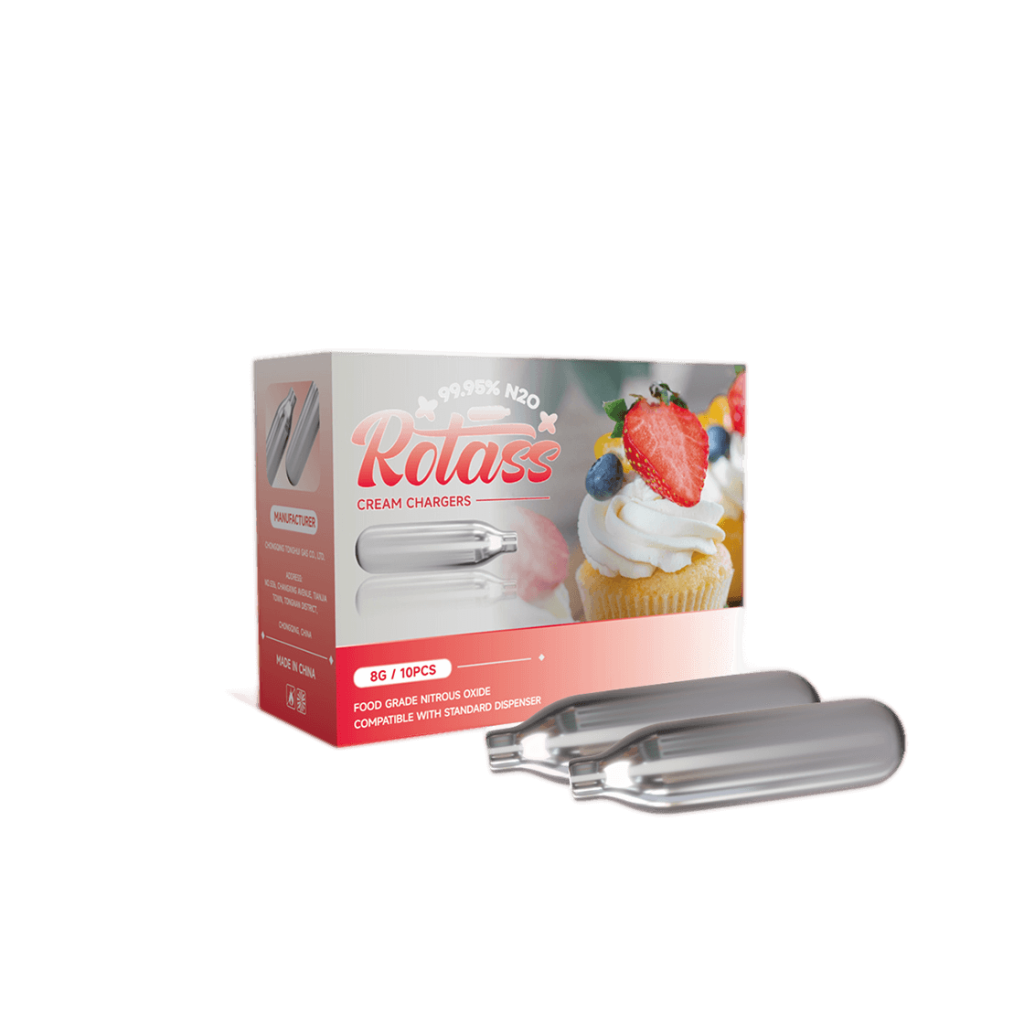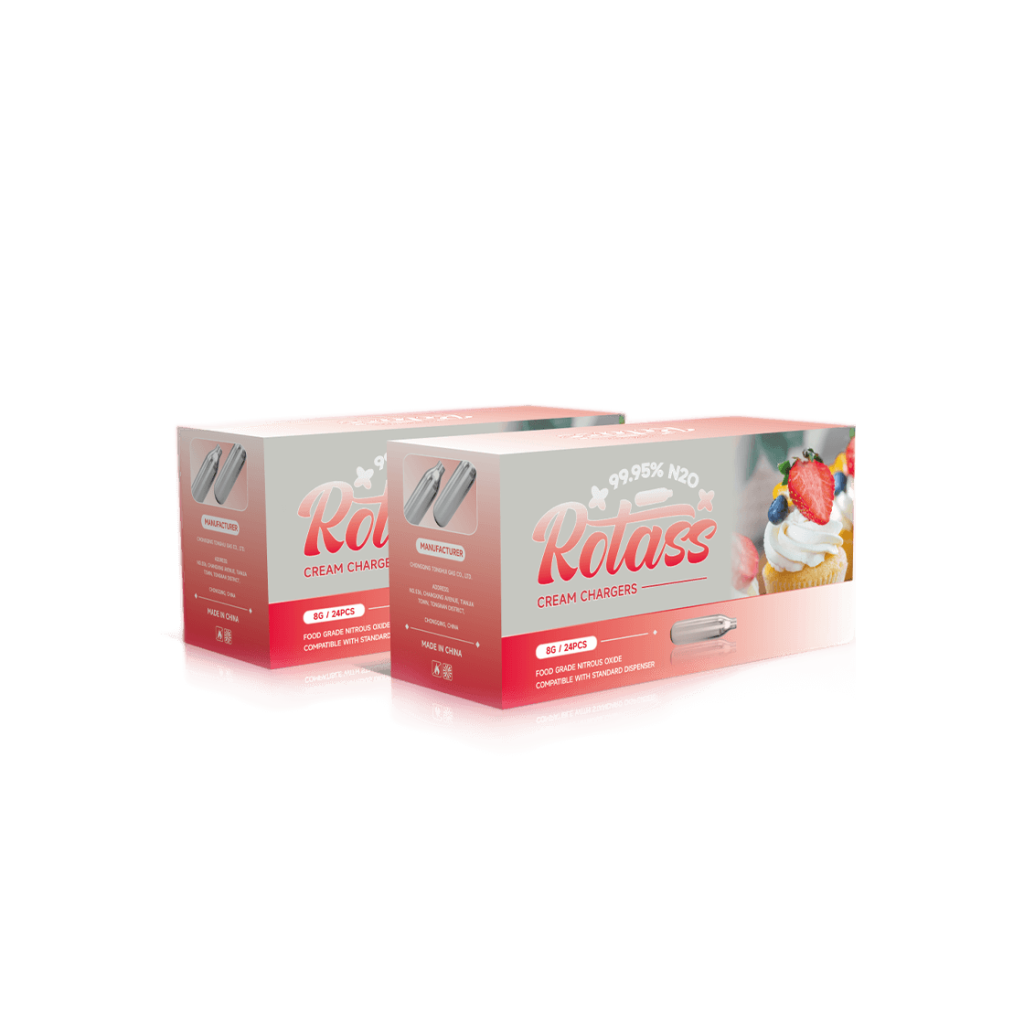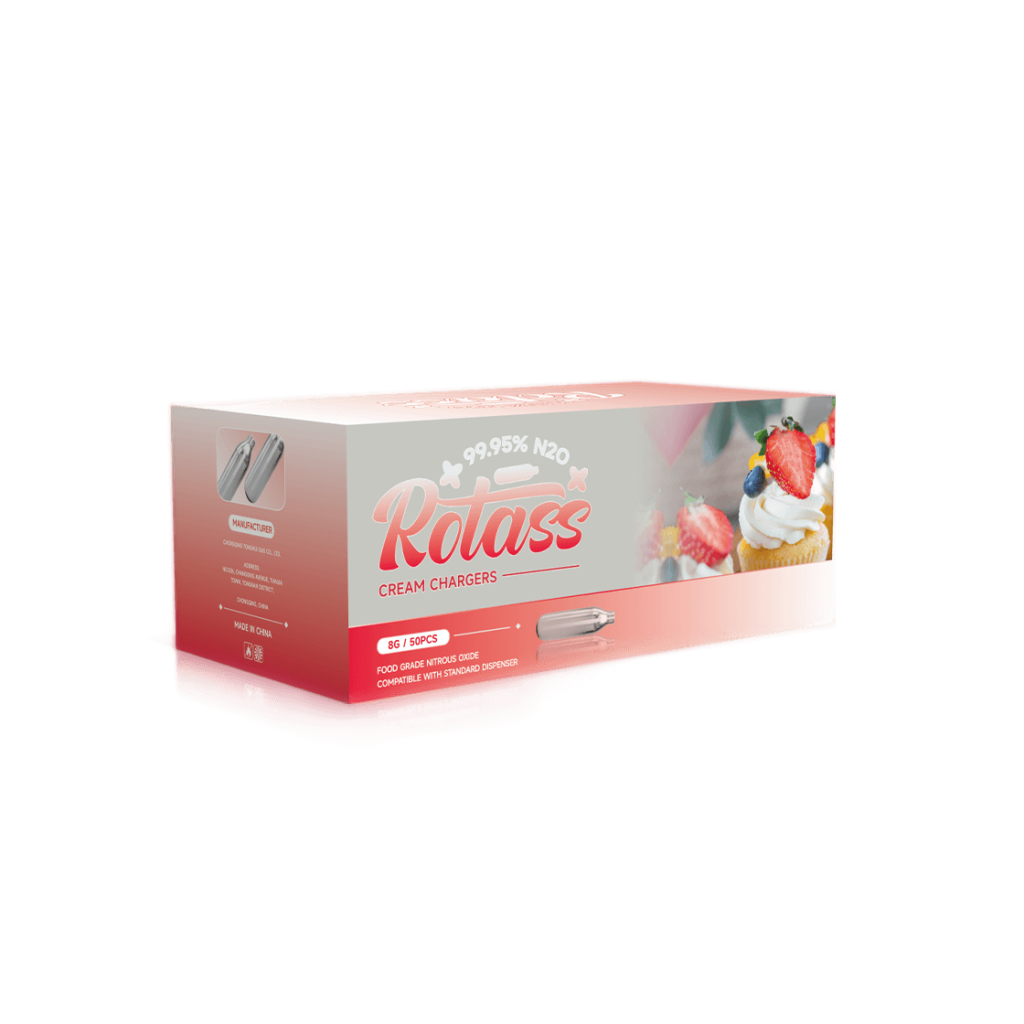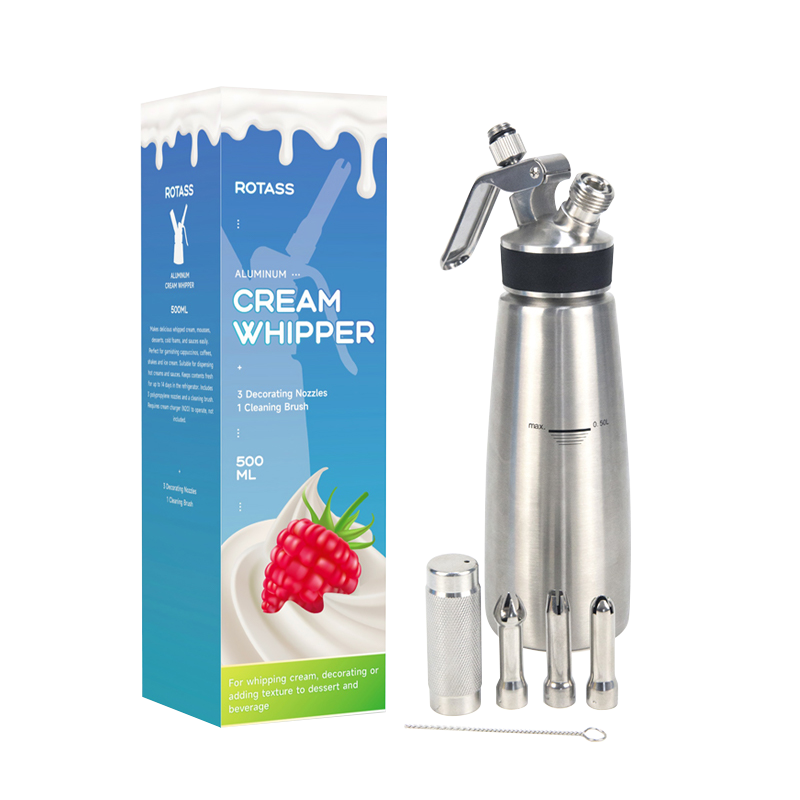2024 / 11 / 14
How to Create Carbonated Water at Home?
Contents
Carbonated water, also known as sparkling water or seltzer, has become incredibly popular as a refreshing, healthier alternative to sugary sodas. As more people seek out calorie-free and sugar-free beverages, the appeal of carbonated water has surged. With a simple CO2 carbonator, a carbon dioxide cylinder, and a few other essentials, you can easily create carbonated water at home, saving money and reducing waste.
This article explains the science behind carbonation, the equipment required, and step-by-step instructions on making carbonated water. Whether you’re a fan of fizzy water or want a versatile base for flavored drinks, let’s explore how you can master the art of carbonation.
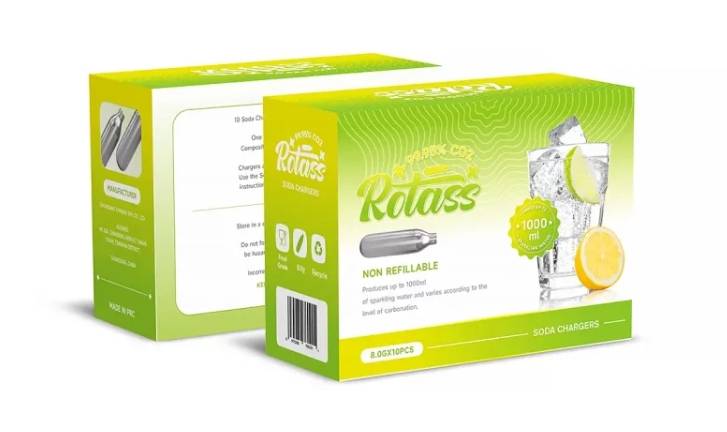
Understanding the Science of Carbonation
To make carbonated water, we rely on a process called carbonation, which involves infusing water with carbon dioxide (CO2) gas. When CO2 dissolves in water, it forms carbonic acid, giving carbonated water its characteristic fizz and tangy taste. This simple chemical reaction transforms plain water into a bubbly, refreshing drink. To better control the carbonation level, it’s important to understand the factors that affect carbonation:
- Pressure: The higher the pressure, the more CO2 can dissolve in the water, leading to a higher carbonation level. A CO2 carbonator pressurizes the water, helping to infuse CO2 efficiently.
- Temperature: Cold water holds more dissolved CO2 than warm water, which is why using chilled water is essential for creating a highly carbonated beverage.
- CO2 Concentration: The concentration of CO2 in your gas source affects the level of carbonation. Using a high-quality carbon dioxide cylinder ensures that your water will reach the desired fizz level.
With these scientific principles in mind, let’s look at the essential equipment needed to carbonate water at home.
Essential Equipment for Home Carbonation
To create carbonated water at home, you’ll need a few specific tools:
- CO2 Carbonator: The CO2 carbonator is the core component of your carbonation system. This device pressurizes water, allowing CO2 to dissolve into it. Carbonators come in various styles, including countertop models that stay in one place and portable versions that you can use on the go. Many home carbonation enthusiasts prefer countertop models for their stability and higher carbonation capacity, while others enjoy the convenience of portable carbonators.
- CO2 Cylinder: A CO2 cylinder holds compressed carbon dioxide gas, which is the main ingredient in carbonation. Choosing the right cylinder depends on how often you’ll carbonate water and the level of fizz you want. Cylinders come in different sizes, ranging from smaller cartridges for soda makers to larger tanks for frequent use. If you’re new to carbonation, start with a standard-sized cylinder and then adjust it based on your needs.
- Carbonated Water Maker: A carbonated water maker is a home-friendly carbonation device designed specifically for convenience. Many models come with a reusable carbonating bottle and a CO2 canister, making it easy to get started. Soda makers like SodaStream are popular examples of compact, user-friendly carbonated water makers. The reusable bottle also helps reduce plastic waste, making it a sustainable choice.
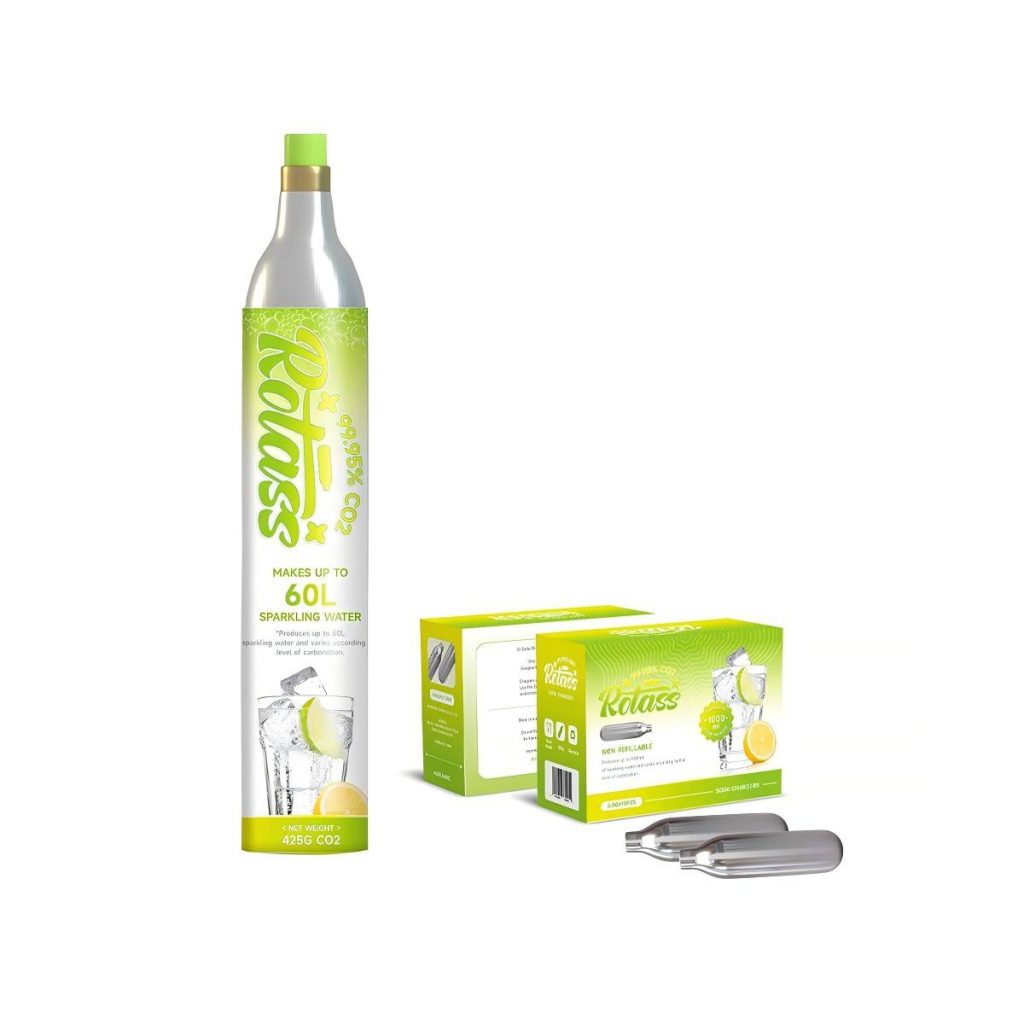
Setting Up Your Carbonation System
Setting up your carbonation system requires a few careful steps to ensure safety and efficiency.
1. Choosing the Right CO2 Cylinder
The first step is to select a CO2 cylinder that works with your chosen carbonator. Compatibility is key: some carbonators only accept specific cylinder brands or sizes, while others are more versatile. Consider the cylinder’s size, capacity, and regulator type. It’s a good idea to start with a smaller cylinder if you’re a beginner, then move up to a larger one if you plan on frequent carbonation.
2. Connecting the CO2 Cylinder
Carefully attach the CO2 cylinder to your carbonator according to the manufacturer’s instructions. Make sure the connection is secure to prevent gas leaks, which can waste CO2 and reduce carbonation efficiency. Many carbonators have a quick-connect system, making it easy to attach and detach cylinders.
3. Preparing the Water
To achieve the best carbonation results, use filtered or spring water, as tap water may contain impurities that affect taste. Cold water is ideal because it holds more CO2, resulting in a fizzier beverage. For best results, chill your water in the refrigerator before carbonation.
Primary Methods of Carbnating Water
Once you’ve set up your carbonation system, there are two main methods to carbonate water at home: direct carbonation and indirect carbonation.
1. Direct Carbonation
Direct carbonation is the most popular and efficient method, especially when using a CO2 carbonator or soda maker.
Using a Carbonation Machine
- Fill the carbonating bottle with cold water, leaving some space at the top to allow for gas expansion.
- Attach the bottle to the carbonation machine and select the desired pressure level.
- Inject CO2 gas into the water. Most machines allow you to adjust the carbonation level based on personal preference.
- Once the water is carbonated, remove the bottle and store it in the refrigerator to preserve the fizz.
Using a Soda Maker
- Insert a CO2 cartridge into the soda maker.
- Fill the reusable bottle with cold water and screw it onto the soda maker.
- Press the carbonation button to release CO2 gas into the water.
- Gently shake the bottle to distribute CO2 evenly. Store the bottle in the fridge.
2. Indirect Carbonation
This method involves adding a carbonation agent, like carbonation drops or tablets, to water. Indirect carbonation is less intense and may result in a milder fizz.
Using Carbonation Drops or Tablets
- Drop the carbonation tablet into a glass of cold water.
- Stir gently to dissolve the tablet and release CO2 gas.
- Enjoy the mild carbonation. This method is often used for portability, but it’s less effective for creating intense fizziness.
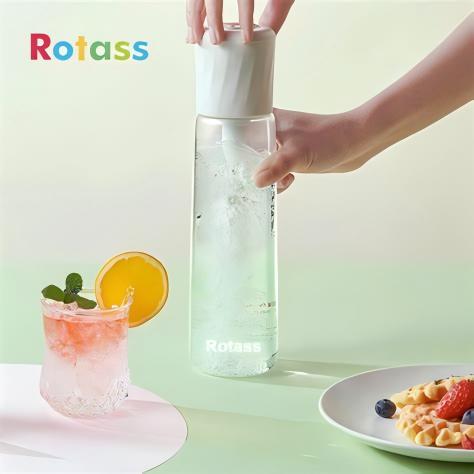
Tips for Optimal Carbonation
Mastering carbonation can take a little practice. Here are some tips to help you achieve the perfect fizz every time:
Achieving Desired Carbonation: Try different carbonation levels to find your ideal taste. Higher pressure and longer carbonation times produce a fizzier drink. Most carbonation machines let you control the carbonation level for customization.
Storing Carbonated Water: Keep your carbonated water in a cool, dark place to maintain its fizz. Refrigeration is ideal for storage, as cold temperatures slow down the release of CO2. Use tightly sealed bottles to preserve carbonation for as long as possible.
Troubleshooting Common Issues:
- Leaks: If you notice gas leaking, check all connections. Tighten any loose parts and replace gaskets or seals if needed.
- Low Carbonation: Low fizz can be caused by an empty CO2 cylinder, incorrect regulator settings, or warm water. Make sure your cylinder is full, the water is cold, and the regulator is set to a high enough pressure.
- Off-Flavors: If your water tastes off, consider using filtered water, and clean your equipment regularly. Impurities in water or residue in the carbonator can impact the taste.
Experimenting with Flavors
One of the best things about carbonated water is its versatility. You can add a variety of natural flavors to your homemade sparkling water to create a personalized beverage. Some popular flavoring options include:
- Citrus Slices: Lemon, lime, and orange slices add a zesty flavor to carbonated water.
- Herbs: Mint, basil, and rosemary add a refreshing and unique twist.
- Fruits: Add berries, cucumber slices, or melon for a sweet, natural flavor.
Adding fresh ingredients lets you enjoy naturally flavored, calorie-free drinks without any added sugars or artificial flavors.
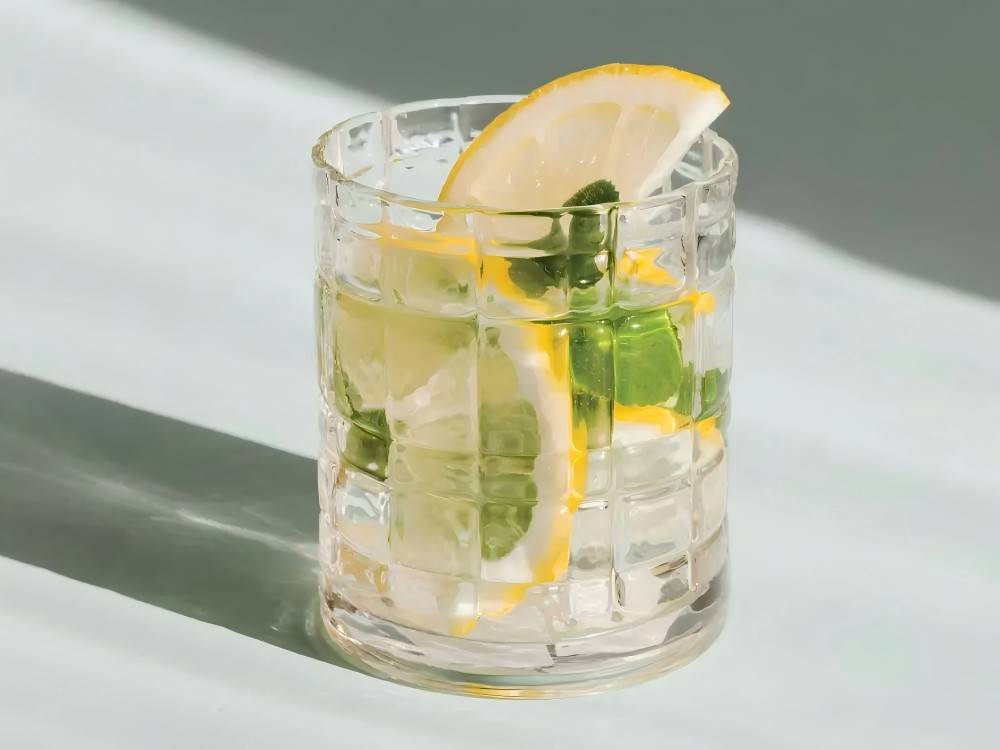
Final Thoughts
Making carbonated water at home empowers you to enjoy refreshing, customized beverages without the added sugars and artificial flavors found in commercial sodas. By understanding the fundamentals of carbonation and following the techniques outlined in this guide, you can easily produce sparkling water tailored to your preferences. Whether you’re a seasoned home brewer or a novice enthusiast, the world of home carbonation is open to exploration.

